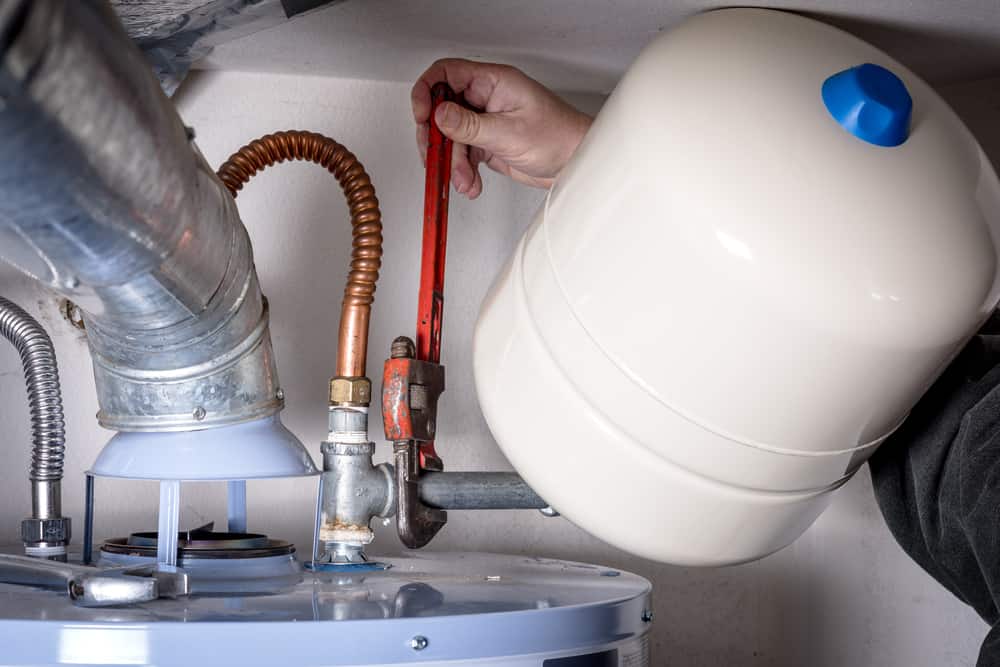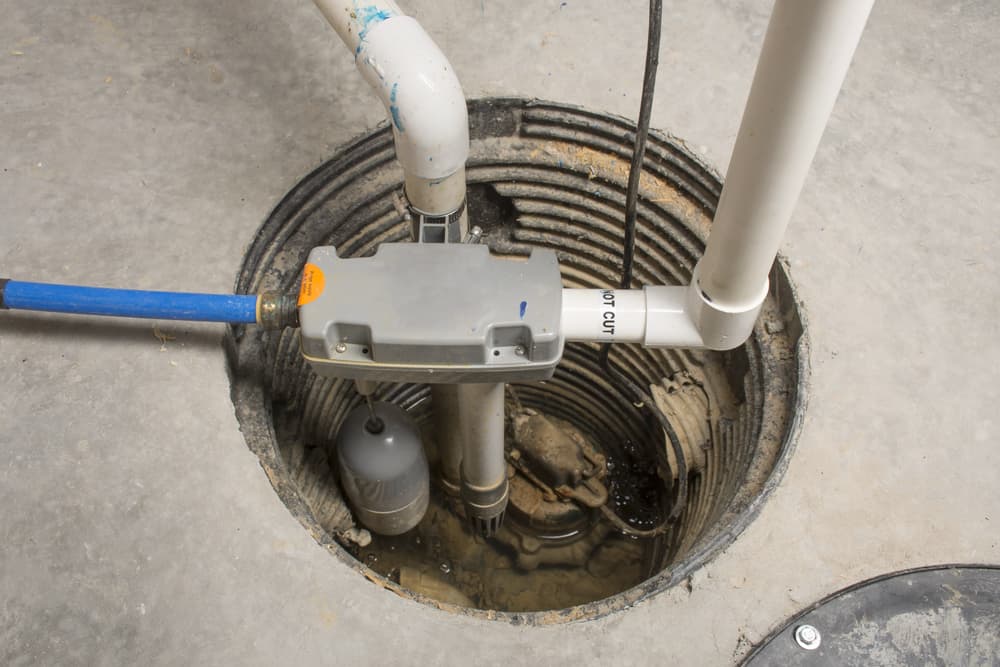Backflow Testing in Gibson Island, MD
View our work
Browse Backflow Services
contact us
Expert Backflow Testing Services in Gibson Island, MD

The Importance of Regular Backflow Testing in Gibson Island, MD
Backflow testing isn’t just a good practice—it’s essential for keeping the water in your home or business safe. In Gibson Island, MD, we take the safety of your water seriously. At SLO-FLO Plumbing, we offer thorough backflow testing to make sure your drinking water stays clean and free from harmful contaminants.
What does backflow testing involve? It’s a way of checking that your plumbing system stops dirty water from flowing backward into your clean water. This is crucial for your health and it’s a legal requirement too. Our experienced team knows exactly what to look for, and they use precise tools to check that everything is working as it should. If we find any issues, we’ll let you know right away and advise you on the next steps.
People in Gibson Island, MD and the wider area of Anne Arundel County trust us to keep their water safe. We’ve been doing this for a long time, and we understand the local water systems inside out. With SLO-FLO Plumbing, you can rest assured that your water supply is in good hands.

Our Detailed Backflow Testing Procedure
At SLO-FLO Plumbing, our backflow testing is thorough and rigorous. We start by examining your entire system. We’re looking for any parts that could let dirty water sneak back into your clean water. Our technicians, who know the plumbing systems in Gibson Island, MD well, use the latest methods to make sure your backflow preventers are up to the task.
We don’t just look; we test. Our technicians will run several checks to make sure everything is working properly. They look at water pressure, check valves, and ensure that each part of your system responds correctly. These tests are important because they show that your system can handle different situations that might cause backflow.
After we finish testing, we’ll talk you through what we found. If your system is working fine, great! If there’s something that needs fixing, we’ll explain what needs to be done and why. Our goal is to make sure you have a backflow system you can rely on, keeping your water safe now and in the future.

Fast and Friendly Backflow Testing from SLO-FLO Plumbing
When you call SLO-FLO Plumbing, you’re getting service that’s quick and courteous. We know that dealing with water issues can be stressful, so we make it as easy as possible for you. Our team is ready to get to work in Gibson Island, MD, making sure your backflow testing is done without any hassle.
Our technicians are not just experts in their field; they are also committed to providing excellent customer service. They’ll arrive on time, get the job done efficiently, and answer any questions you might have. We believe that good service means being helpful and clear about what we’re doing and why it matters for your water safety.
Need to schedule a test or have questions? Just call us at 443-734-8609. Whether you’re facing a possible backflow issue or you just want to keep on top of your regular testing, we’re here to help. Residents and business owners in Anne Arundel County know they can count on us for their backflow testing needs.
Have a question?
Gibson Island’s history includes its use as a summer residence by Native Americans in the 17th century. Captain John Smith sailed past it in his voyage up the Chesapeake Bay in 1608. Land grants began issue around the 1680s. In the early 1900s, W. Stuart Symington Jr. (1871-1926) bought the island’s land (including three existing island farms) with his brother Thomas, to develop the island into a residential community. One of the early owners was a man named Gibson, after whom the island is named.
The Symingtons, upon the advice of Edward H. Bouton, the developer of the Roland Park and Guilford neighborhoods in Baltimore, hired landscape architect Frederick Law Olmsted Jr. to create a master plan for the island. The Symington brothers set certain areas aside for community facilities and divided the remaining land into building lots offered for sale through the Gibson Island Company, now known as the Gibson Island Corporation. In 1925, the first deed and agreement was adopted and recorded. From that time to the present, the Corporation has had its own real estate department specifically handling the listing and selling of island properties.
The Great Depression halted rapid development of the island. An 18-hole Charles B. Macdonald designed golf course constructed in the 1920s was forced to downsize to nine holes, where it remains to this day. In 1936, corporation ownership was reorganized, giving greater control to island homeowners. This change led to a greater emphasis on maintaining the island’s natural environment, with about two-thirds of its land set aside for recreation, forestry and open space.
Learn more about Gibson Island.Local Resources
Useful links for Gibson Island, MD
- Open a Gibson Island, MD map
- Find the Gibson Island, MD United States Post Office
- Locate nearby Gibson Island, MD pharmacies
- View the current Gibson Island, MD weather report
- Browse a list of Gibson Island, MD public and private schools
- Gibson Island, MD is located in Anne Arundel county in Maryland State
Useful Links
Here are some plumber-related links and associations.

